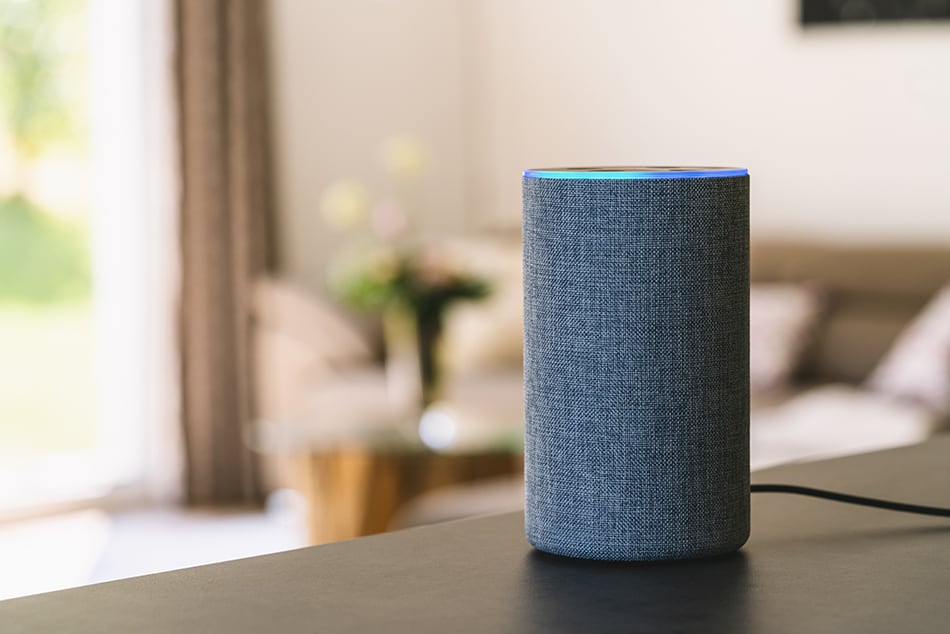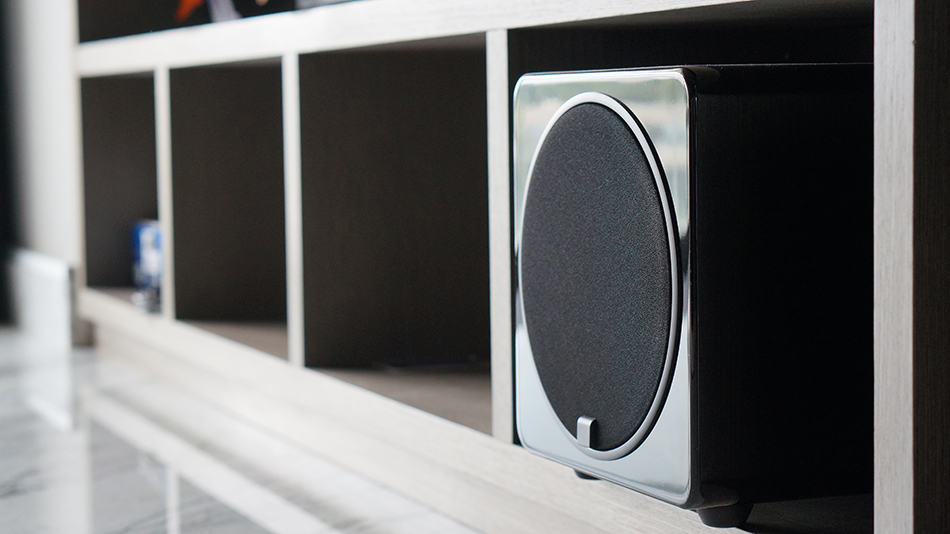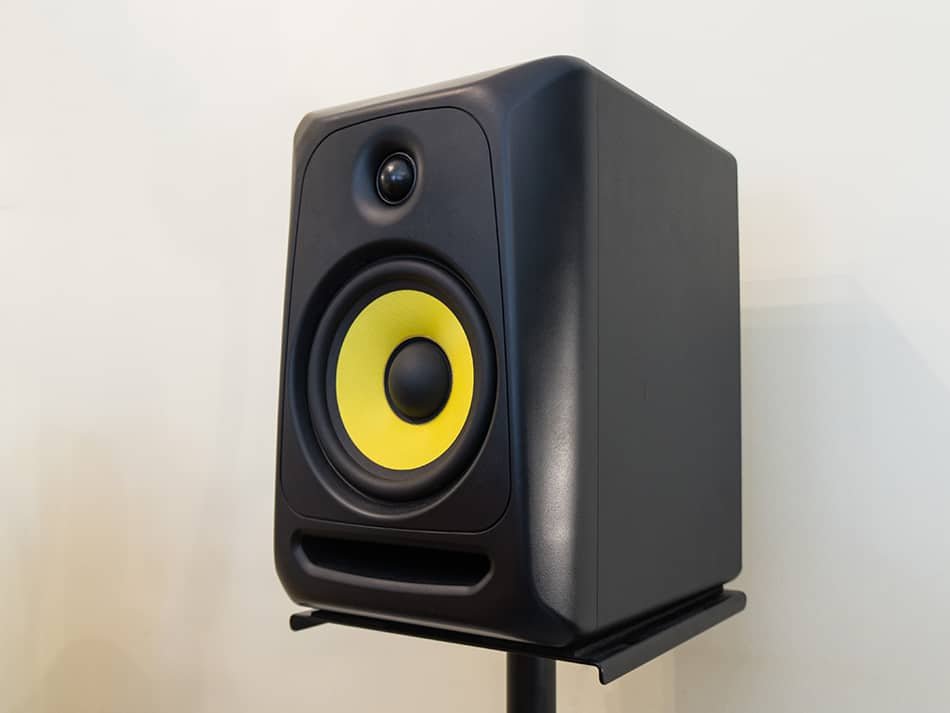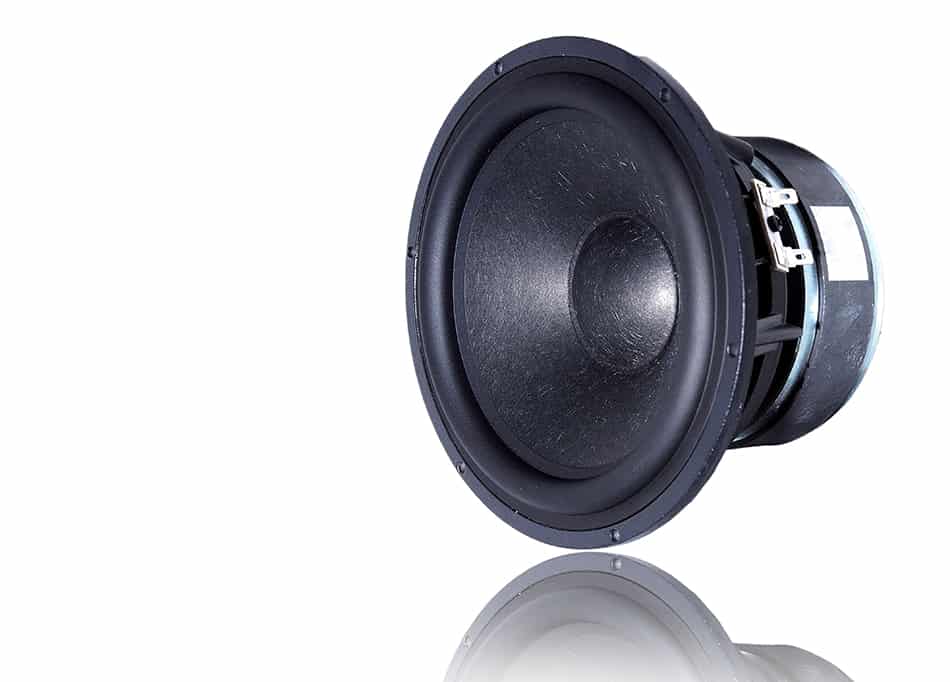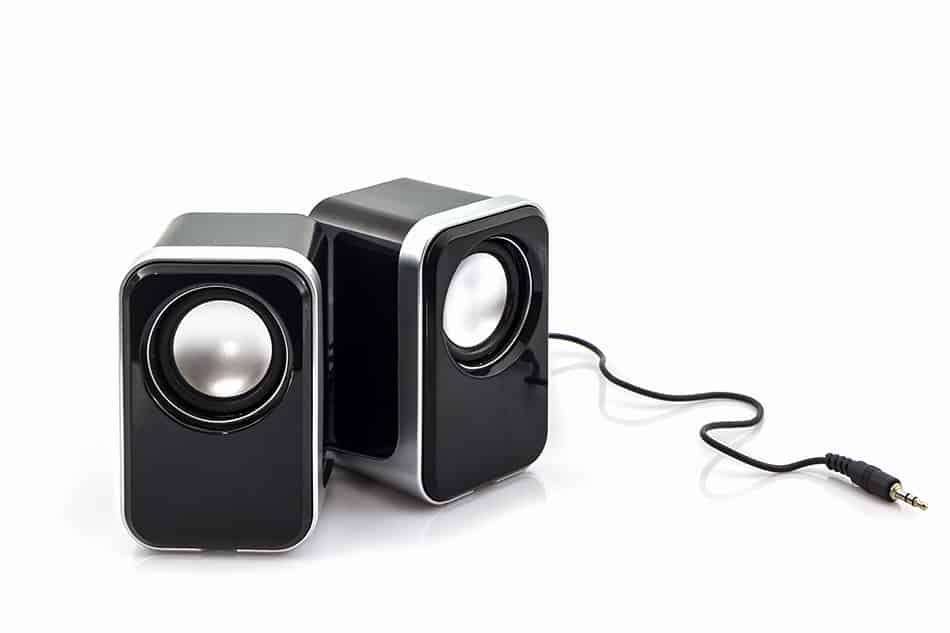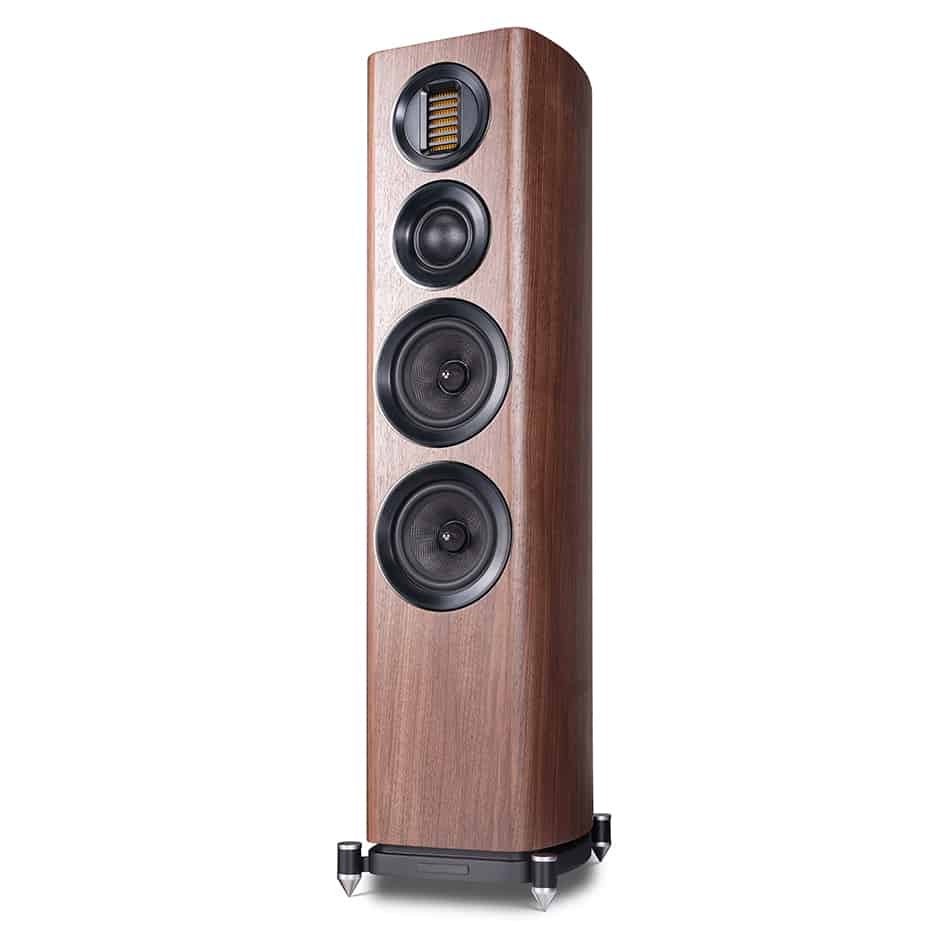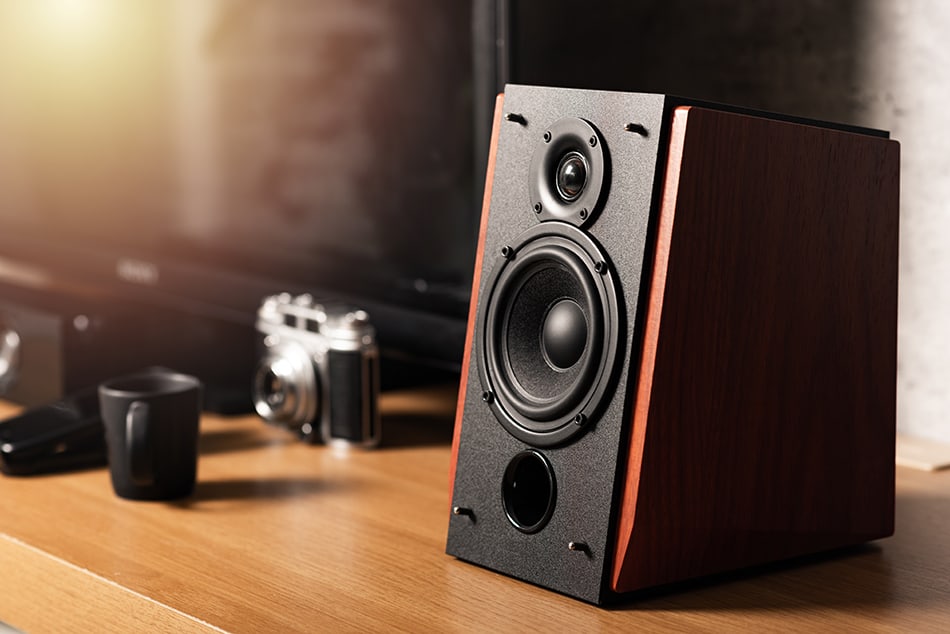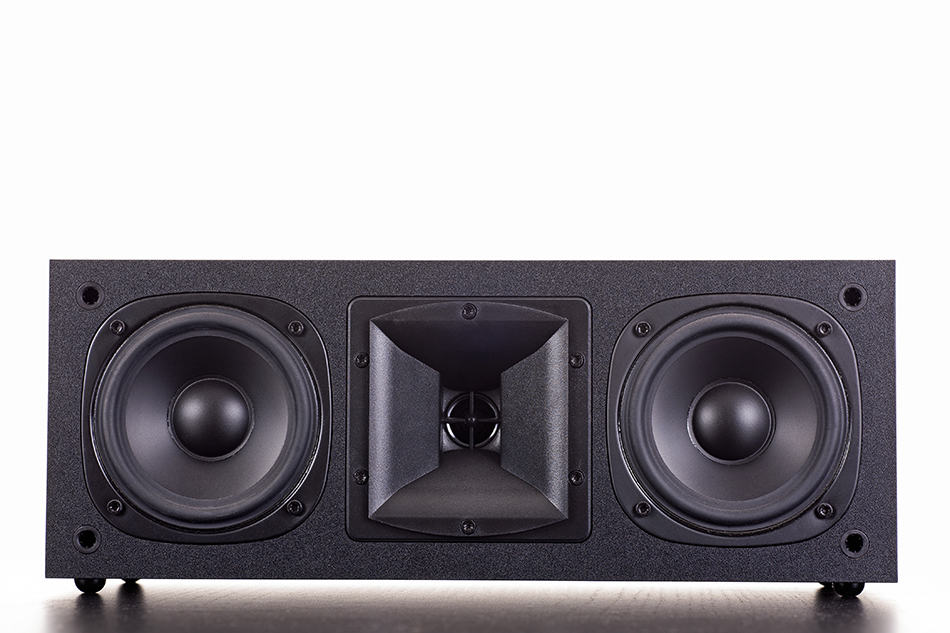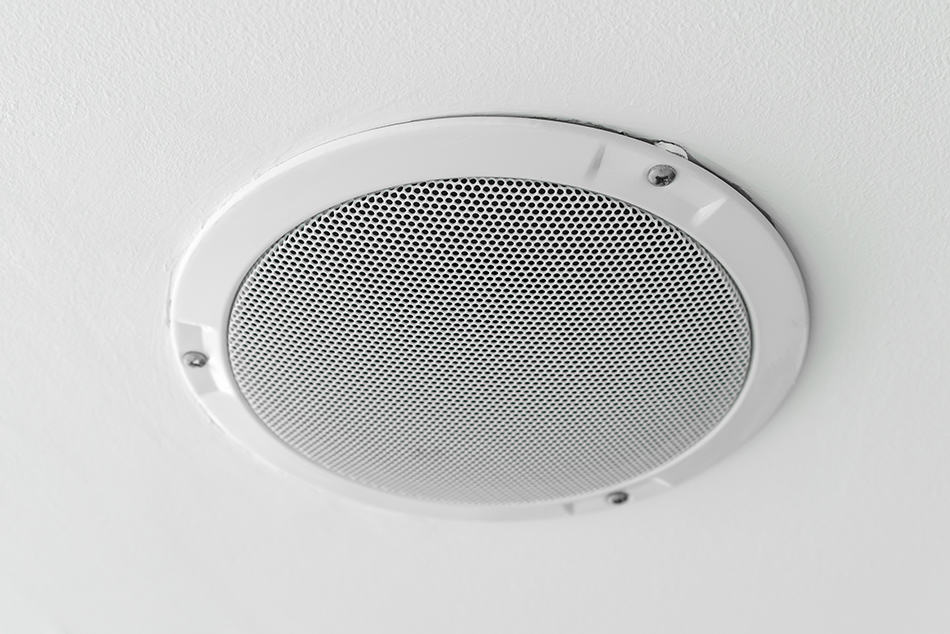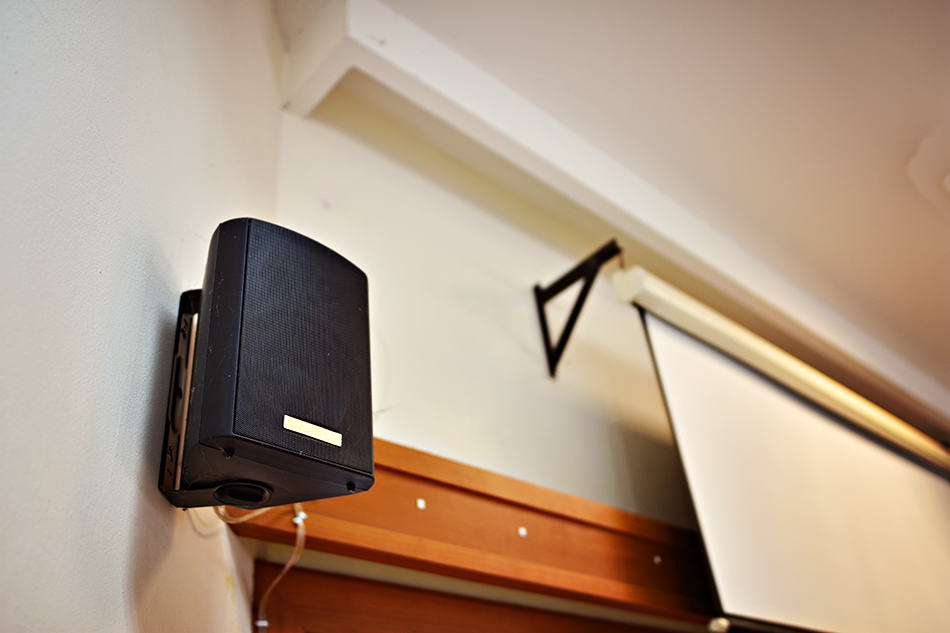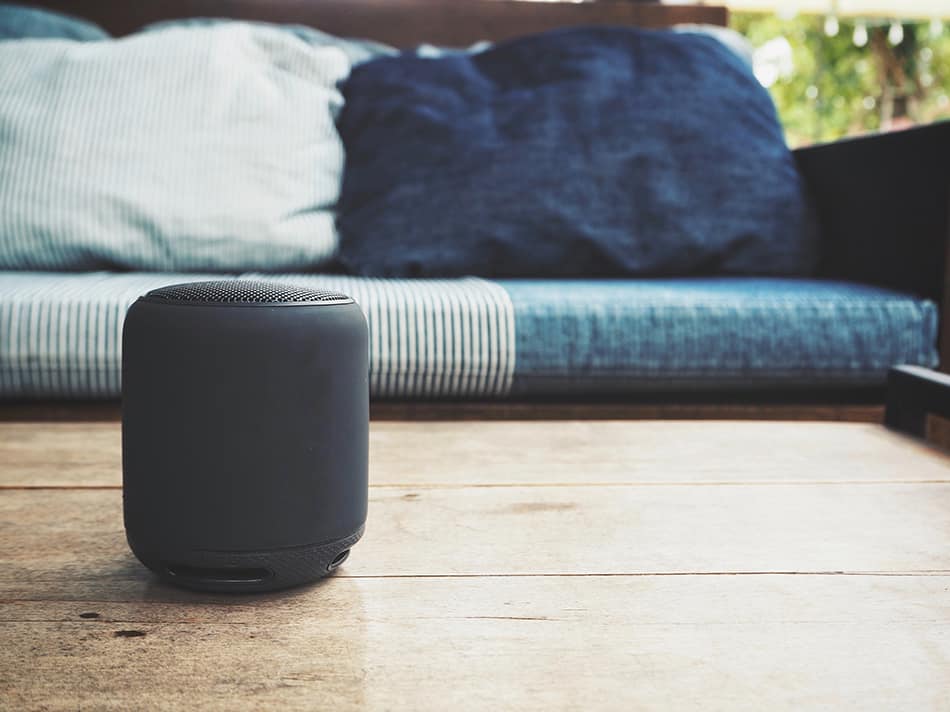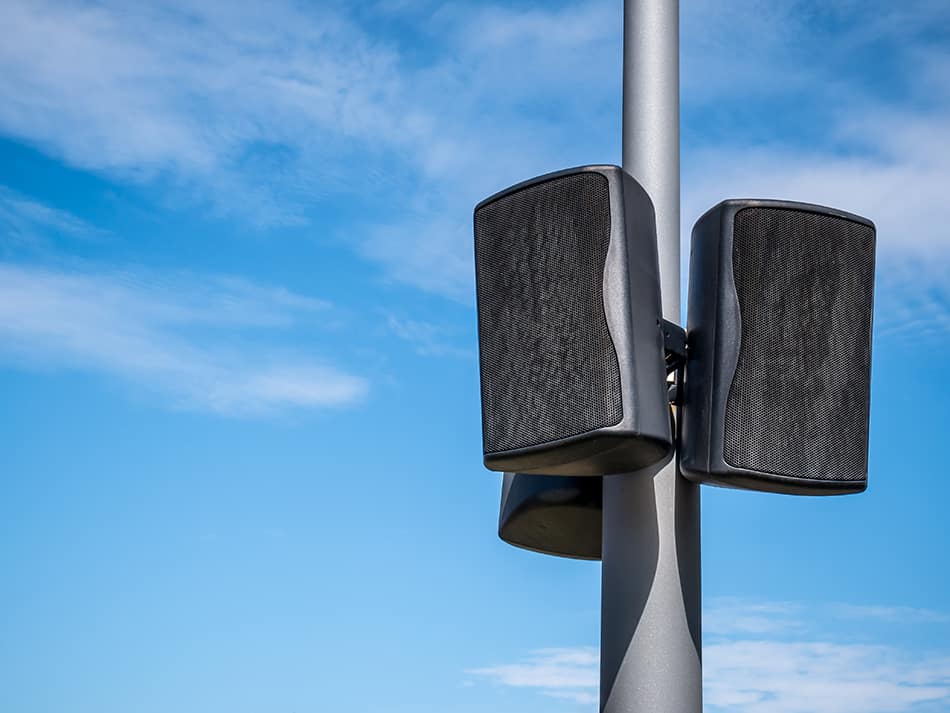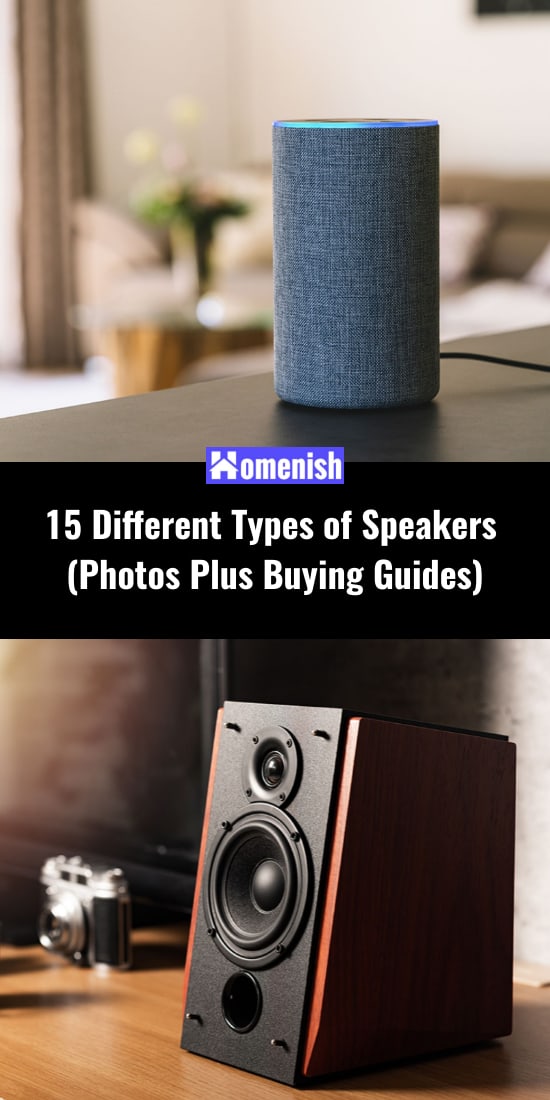Are you planning to use your speaker in a home entertainment room like a movie, gaming, or karaoke room? How about an outdoor sound system? Or maybe you’re looking to boost your car’s audio performance. Whatever your demand, you’ll need a suitable speaker but at the same time, improves your room decor aesthetics. And there are multiple types of speakers to consider.
Speakers have gone through different variations since the mid-19th century when a German teacher named Johann Philipp Reis developed the first type of loudspeaker.
It was only in 1921 when the forerunner of the modern loudspeaker was developed by C.W. Rice and E.W. Kellogg. And in the preceding years, the said loudspeaker design underwent numerous modifications that led to the development of different speaker types.
In this article, we’ll list the different types of speakers available in the market. To aid you in shopping for a speaker, we have also prepared a buying guide with factors to consider in choosing a unit.
Tweeter
This is the smallest kind of speaker available in the market. Also called the treble speaker, it can reproduce the upper limit of the audible spectrum. As a backgrounder, humans can detect sounds from 20 to 20 kHz. The tweeter can typically deliver sound frequency in the range of 2,000 to 20,000 Hz. The name ‘tweeter’ is derived from the word ‘tweet’ or the sound that birds make.
The tweeter’s diaphragm, the part of the loudspeaker that converts mechanical vibrations into sound, is often made of materials such as aluminum, silk, fabric, and other special alloys. The diaphragm has to vibrate faster to produce high-frequency sounds. And to vibrate faster, the diaphragm has to be placed in a small speaker like the tweeter.
There are three subtypes of tweeters. The cone tweeter is the cheapest and most basic. Small and light, a cone tweeter can move rapidly. It was highly popular in the ’60s and ’70s, often designed for older stereo hi-fi speakers. Cone tweeters of those years were noted for their excellent design and built, especially those made by brands like SEAS, JBL, CTS, and Audax.
The dome tweeters, meanwhile, are known for their accurate sound response. Compared to the cone tweeter, a dome tweeter has greater dispersion or the characteristic sound projection pattern of a speaker. In simpler terms, the dome tweeter creates a sound that’s more enveloping than a cone tweeter.
This type of tweeter has a suspension with an aluminum wire wrapped around the rim of the dome. The tweeter’s moving component is placed on a plastic framing and mounted within a ring magnet. Moreover, a faceplate is often installed on the top area of the dome tweeter. This is designed to control the overall direction of the sound.
Dome tweeters can be classified into two– soft dome and metal dome. Soft domes are made of materials like plastic, silk, and treated cloth. Metal domes are made of materials like aluminum, titanium, and beryllium.
Finally, the horn tweeters are considered the most powerful among the three types of tweeters. Unlike the dome tweeter, the horn twitter produces directional, naturally amplified sound.
Squawker
Also known as a mid-range driver, it can deliver sound in the frequency range of 250 to 2000 Hz.
The mid-range speaker typically has a cone shape, although you may still find dome-shaped versions. It has a simple design with the diaphragm outer side attached to the cone surround and the voice coil attached to the neck.
Paper is the most commonly used material for cones of squawkers. But in recent years, materials like resins and polymers are incorporated because of their ability to provide vibrational damping. There are also mid-range speakers made of materials like fiberglass and even Kevlar.
Subwoofer
The subwoofer is an omnidirectional speaker with only one job: create low-frequency sound. It can deliver audio in the 20 to 200 Hz range. Booming bass is its forte, so to speak. Because it’s omnidirectional, the subwoofer speaker can be placed anywhere in a room and still feel the audio power coming from the bass. You’ll know that a subwoofer is near you when you feel the rumble in your chest.
Subwoofers are popular fixtures in-car audio and home theater systems. Even desktop speaker systems have subwoofers. With this type of speaker, watching movies at home becomes more enjoyable.
There are two types of subwoofers– unpowered and powered. The former, also known as a passive subwoofer, requires an external amplifier. It is commonly used in custom installations. Meanwhile, the powered subwoofer already has its speaker/amplifier configuration.
Studio Monitors
For professional recording artists and audiophiles, studio monitors are the speaker of choice. As you may correctly guess, a studio monitor can reproduce music and vocals. It’s optimized for playing instruments, recording music, and even for casual listening.
With a studio monitor speaker, you can accurately hear everything in your audio. This lets you make adjustments or changes, just like a true professional would.
Like subwoofers, there are two types of studio monitors– powered and passive. Powered studio monitors can add more power to the speakers because they are internally powered.
Loudspeakers
Arguably the most common type of speaker, the loudspeaker, has become a common household item. It has become a staple in millions of homes worldwide.
In the old days, the loudspeaker represented the only means to create sound from a radio or television. Back in those days, loudspeakers were huge and took a significant space around the house. But now, there are loudspeakers so small that you can fit them in your pockets.
The average loudspeaker has a woofer, tweeter, and mid-range speaker. This eliminates the need to buy different types of speakers just to produce a full range of audio. Aside from that, a typical loudspeaker these days is versatile. It can be mounted in the wall or ceiling or even be set up outdoors.
Most loudspeakers are powered, while some are passive, which means they need to have an amplifier. Passive loudspeakers are mostly used in stages, fields, and similar large settings.
Computer Speakers
Computers of yesteryears didn’t have standalone speakers. Did you know that the first computers had speakers inside them? Yes, these speakers were small enough to be attached to the motherboard. But eventually, computer makers created sound cards allowing users to plug in their headphones or use compact desktop speakers.
Today, computer speakers are available in a 2.1 style or set-up, meaning there are two loudspeakers and an accompanying subwoofer. These speakers are perfect for casual listeners who’d prefer working on their computers or laptops with Taylor Swift singing in the background.
Gaming enthusiasts, meanwhile, would likely use a 5.1 or 7.1 surround system, meaning there are 5 to 7 loudspeakers with a subwoofer. Regardless of the type, most computer systems are of the plug-and-play system. This means that there’s a USB plug to connect the system to the computer and other satellite speakers connected to the subwoofer for power requirements.
Floorstanding Speakers
If you want to give your home theater system a boost, then you should add a floor-standing speaker. Designed to be placed near your TVs or next to bookcases, a floor-standing speaker can save space at home. And more importantly, it can create theater-quality audio even in a large room. You could say that a floor-standing speaker can be the cornerstone of your home theater system!
The average floor-standing speaker is 4 feet tall, although you can also find other taller models or units.
Bookshelf Speakers
As you might deduce from the name, bookshelf speakers are speakers that can fit on a bookshelf. They are also compact enough to be placed on a desk or table. You can place them anywhere as long as it’s not on the floor.
Also called stand mount speakers, these are mid-sized speakers that can give you a good listening experience. These often consist of two speakers– one midrange and one tweeter– and require a receiver to run. You can buy a standalone bookshelf speaker or get one as part of a home theater system.
Bookshelf speakers are directional; thus, they must face you to hear the audio they produce. It’s also recommended that you place them on either side of the television. The rule of thumb is to put a bookshelf speaker at a 10 o’clock position. But there are some even place it behind a sofa to serve as a surround speaker.
Center Channel Speakers
For many audiophiles and home theater enthusiasts, the center channel is the most critical component of a home theater system. And it’s not difficult to understand why.
In a home theater system, the center channel carries as much as 70 percent of the vocals and music. It also anchors the spoken words to the TV screen regardless of the configuration of the audio system, including 5.1 and 7.1. The center channel speakers must be close to the mid and high-frequency range of the other speakers to create a balanced listening environment.
In-Ceiling or In-Wall Speakers
In-ceiling or in-wall speakers are not cheap and can be hard to install, so you’d need a professional to do so. But if you have the cash to spare, you might want to have these speakers installed at home.
With this type of speaker, you can enjoy music in areas such as your bathroom or kitchen. The music can follow you regardless of where you are at home. And you get to do so without adding clutter to your place, which is great if you live in a condominium or a house where space is limited.
Many in-ceiling or in-wall speakers have a tweeter that can be rotated. This can let you direct the sound towards you for a more pleasurable listening experience. For those that are to be installed in the bathroom, the speakers must be made of heavy-duty materials so the units can hold up well.
On-Wall Speakers
Unlike an in-wall speaker, which requires big holes for installation, an on-wall speaker is simply mounted. This means you won’t have to ask permission from your landlord to install an on-wall speaker. You can also place an on-wall speaker at ear level to practically eliminate the need for a floor-standing speaker.
Another advantage of on-wall speakers over in-wall speakers is the ease of installation. On-wall speakers can be installed DIY with most styles that include mounting brackets. One can argue that hiding the unsightly wires is the real challenge.
Plus, most on-wall speakers come in various styles and colors, so you should be able to find one that matches your home decor. On-wall speakers are also unpowered, so you must plug them into a receiver or an amplifier.
Satellite Speakers
Smaller than floor-standing and bookshelf speakers, satellite speakers provide a combination of mid-bass and tweeter. As part of an audio system, satellite speakers are wired and require a connection to a subwoofer.
Aesthetics and ease of installation are arguably the two best advantages of these small speakers. Satellite speakers are decor-friendly. These can be mounted on a wall or ceiling. This type of speaker is also versatile enough to work with almost any sort of furniture. As far as audio is concerned, it can produce excellent sound, especially when complemented by a subwoofer.
Bluetooth & Wireless Speakers
You’ve likely used or owned a Bluetooth or Wireless speaker. It’s the new kid on the block as far as speakers are concerned. If portability is your main consideration in buying a speaker, then a Bluetooth speaker should be your choice.
As you may likely know, a Bluetooth speaker connects wirelessly to a device like a smartphone or a tablet, which serves as the audio source. The speaker itself must be charged or connected to an outlet.
Bluetooth speakers come in different sizes and shapes. Some are small enough to fit your pockets. Others are compact enough to be placed on a desktop. However, there are also big and powerful speakers that you can take during one of your camping trips. In many e-home nowadays, there is a system of these smart speakers; you can enjoy music with just a simple touch on your phone.
Soundbars
If you can’t shell out money for a home theater system but would want to veer away from your television’s built-in speakers, then a soundbar is what you need.
The simplest description of a soundbar is a hybrid center speaker with several smaller speakers, such as tweeters and woofers. It’s compact, like a Bluetooth speaker, although it is often wider and longer. Still, a soundbar is designed to sit in front of a television, so it’s smaller than your typical home theater system.
It can connect wirelessly through Bluetooth connection or the traditional way through an audio output. Moreover, many models these days boast HDMI inputs, so you can use them while playing a PS4 game.
Outdoor Speakers
Finally, outdoor speakers are designed to resist the elements. This type of speaker can withstand heat, humidity, and even rain. You can even find speakers that are camouflaged as rocks, so you can place them in your yard without worrying that they would be stolen. Outdoor speakers can also come with tweeters and subwoofers to cover the entire yard.
Now that you have an idea as to the different types of speakers in the market, you’d likely want to get some pointers in choosing the right speaker for you.
How to Choose the Right Type of Speaker for You
Below is a short guide on how to select the right type of speaker.
Determine How You’ll Use It
The most important question to ask before buying a speaker is: “how do I intend to use it?”
If you are to use speakers primarily for listening to music while working in front of your PC, then you might not need to invest in a loudspeaker. You can choose from a computer speaker, a Bluetooth speaker, or a soundbar.
An in-ceiling or an on-wall speaker may also be a more practical choice if you want to hear music wherever you are in the house. And if you like to host parties on your patio or simply relax in your garden by listening to relaxing music, an outdoor speaker is your best bet.
If you consider yourself a passive music listener who won’t sit down for hours to listen to music, then a pair of bookshelf speakers may be what you need. And if you like to listen to heavy music like rap or rock, then a subwoofer speaker may just be the best option for you.
Consider the Size of the Room or Space
You should also consider the size of the room where you intend to place the speakers. Do you have a small room? Then you can stick with small speakers. If you have a large house, then you can invest in some big speakers, especially if you like to play your music loudly.
Finally, Trust Your Ears
Suffice it to say, it’s recommended that you shop for a speaker in person. This way, you can judge the sound quality of a speaker before buying it. After all, sound quality is subjective. What may sound fantastic to John may not be the case for you. You’d want to listen live to evaluate the sound quality of the speakers.
Now that you have a clear idea of the different types of speakers and how to choose one, why don’t you start shopping for speakers and take a step closer to a more pleasurable listening experience?
